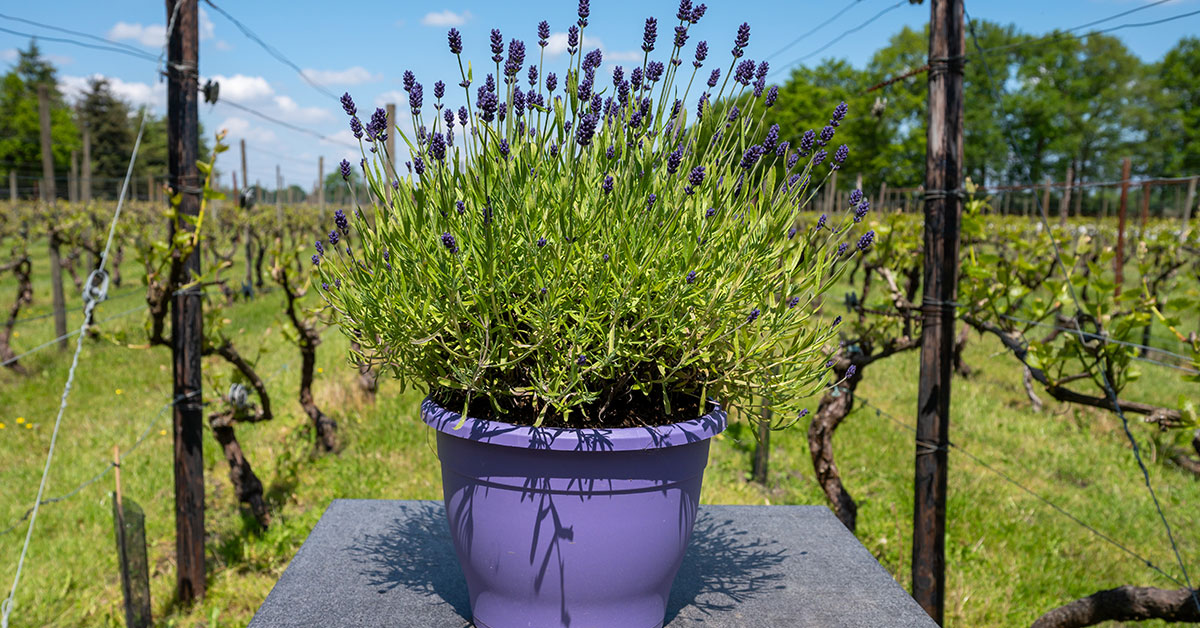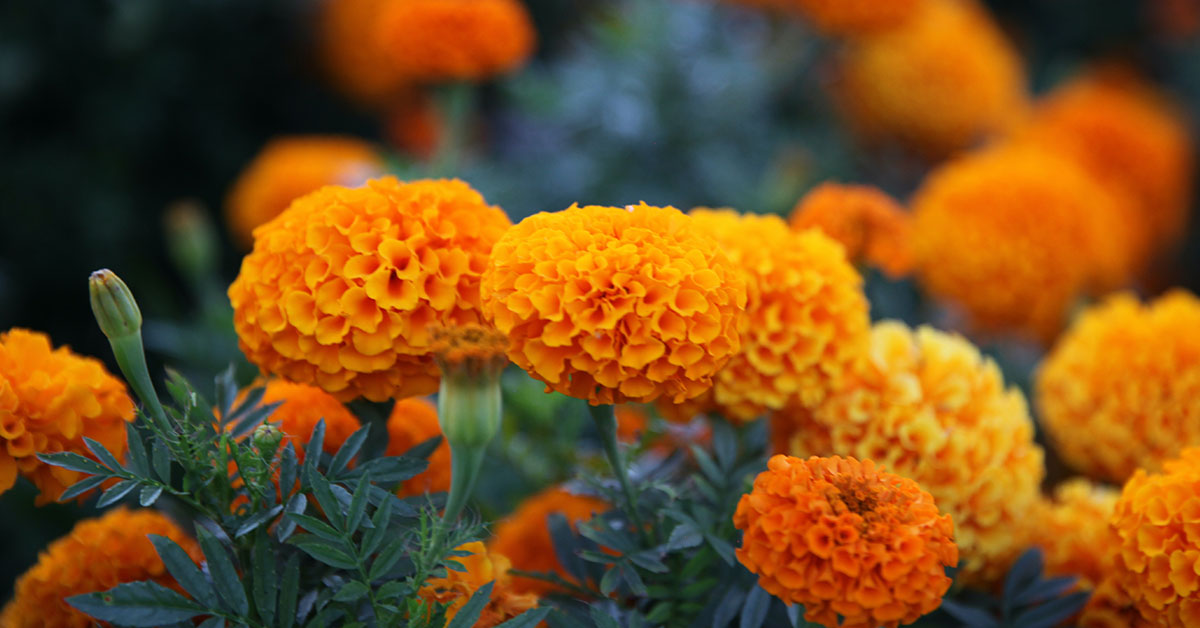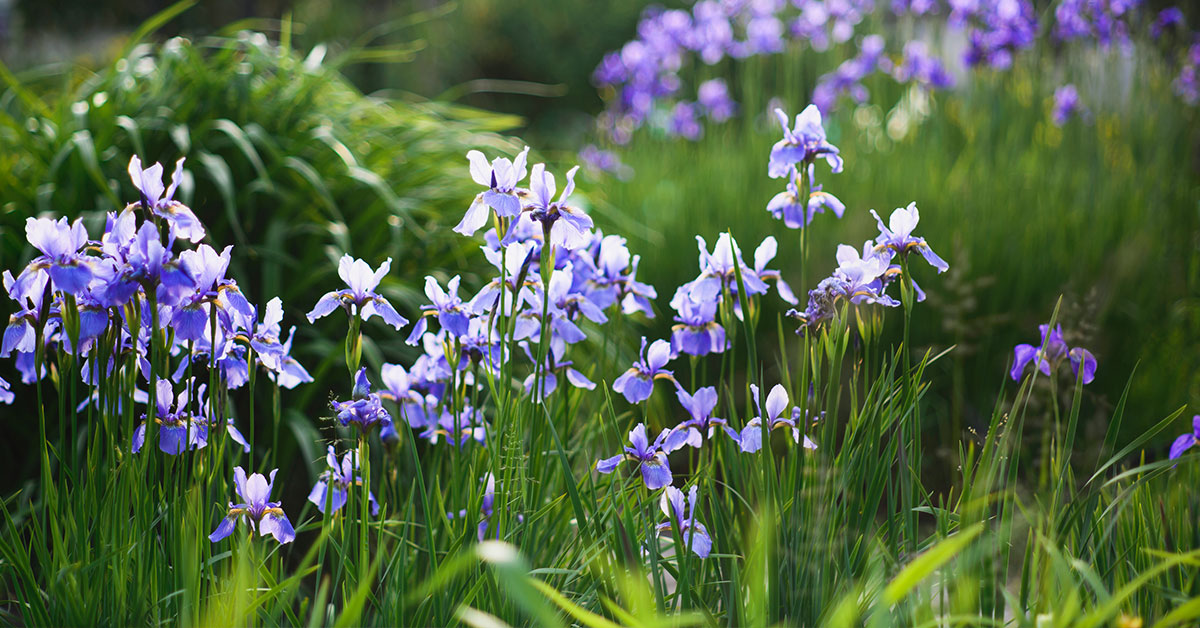In the realm of garden enthusiasts and nature lovers, few sights captivate the eye quite like the cheerful and vibrant blossoms of Yellow Loosestrife (Lysimachia punctata). With its striking yellow flowers and graceful form, this perennial plant has gained popularity among gardeners seeking to add a touch of brightness and elegance to their landscapes.
But beyond its aesthetic appeal, Yellow Loosestrife also possesses hardy characteristics and a knack for thriving in wet or moist conditions. If you’re intrigued by the allure of this magnificent plant and eager to cultivate it in your own garden, this article serves as your comprehensive guide to growing and enjoying the beauty of Yellow Loosestrife.
Throughout this article, we’ll explore the key aspects of cultivating Yellow Loosestrife, including its preferred growing conditions, propagation methods, and maintenance tips. Whether you’re an experienced gardener looking to diversify your plant collection or a novice seeking an easy-to-grow perennial, Yellow Loosestrife offers an excellent choice that doesn’t disappoint.
What is a Yellow Loosestrife?
Yellow Loosestrife (Lysimachia punctata), also known as Dotted Loosestrife, is a flowering plant species native to Europe and parts of Asia. It belongs to the family Primulaceae.
Yellow Loosestrife is a herbaceous perennial plant that typically grows to a height of about 1 to 3 feet (30 to 90 centimeters). It has lance-shaped, opposite leaves that are pale green in color and are arranged along the stem. The stems are upright and typically branched.
The plant produces attractive flowers during the summer months. The flowers of Lysimachia punctata are typically bright yellow with orange centers, and they are arranged in terminal clusters at the top of the stems. Each flower has five petals and measures around 1 inch (2.5 centimeters) in diameter. The flowers are usually cup-shaped or bell-shaped.
Yellow Loosestrife prefers moist or wet habitats, such as marshes, wet meadows, and the edges of ponds or streams. It is known for its ability to tolerate waterlogged conditions. The plant is adaptable and can grow in various soil types, including clay, loam, and sand.
In some regions, Lysimachia punctata has naturalized outside of its native range and can be considered invasive. It can spread rapidly and outcompete native plant species, potentially disrupting local ecosystems. Therefore, in such areas, it is important to manage its growth and prevent its spread beyond desirable limits.
What does a Yellow Loosestrife look like?
Yellow Loosestrife (Lysimachia punctata) is a visually appealing flowering plant. Here’s a description of its appearance:
- Size: Yellow Loosestrife typically grows to a height of about 1 to 3 feet (30 to 90 centimeters). However, variations in growth may occur depending on environmental conditions and cultivation.
- Stem: The plant has upright stems that are usually branched. The stems are slender and can be slightly reddish or greenish in color.
- Leaves: Yellow Loosestrife has lance-shaped leaves that are arranged opposite each other along the stem. The leaves are typically pale green and have prominent veins. They can measure around 2 to 4 inches (5 to 10 centimeters) in length.
- Flowers: The flowers of Yellow Loosestrife are the main highlight of the plant. They appear in summer, typically from June to August, depending on the location. The flowers are vibrant yellow in color with orange centers. Each flower has five petals and measures approximately 1 inch (2.5 centimeters) in diameter. They are usually cup-shaped or bell-shaped.
- Clusters: The flowers are arranged in terminal clusters at the top of the stems. These clusters can be quite dense, creating an eye-catching display of bright yellow blooms.
Overall, the combination of the lance-shaped leaves and the clusters of yellow flowers with orange centers makes Yellow Loosestrife an attractive addition to gardens, meadows, or wetland landscapes.
How to grow Lysimachia punctata
Growing Yellow Loosestrife (Lysimachia punctata) can be a rewarding experience, as this vibrant perennial brings a burst of color and elegance to gardens. Here are the key steps to successfully cultivate Yellow Loosestrife:
Choose the Right Location: Lysimachia punctata thrives in moist to wet soil conditions, making it an excellent choice for areas with poor drainage or near water features like ponds or streams. Select a location that receives partial to full sunlight for optimal growth. Ensure the soil is well-drained, fertile, and rich in organic matter.
Planting: Plant Yellow Loosestrife in early spring or fall, when the weather is mild. Dig a hole that is slightly larger than the plant’s root ball. Place the plant in the hole, making sure the crown is level with or slightly above the soil surface. Backfill the hole with soil, gently firming it around the roots. Water thoroughly after planting to help the plant establish itself.
Watering: While Yellow Loosestrife prefers moist soil, it is essential to find the right balance. Water regularly, especially during dry spells, to keep the soil consistently moist but not waterlogged. Avoid allowing the soil to dry out completely, as this can stress the plant. Mulching around the base of the plant can help retain moisture and control weed growth.
Fertilization: Yellow Loosestrife generally doesn’t require heavy fertilization. However, you can apply a balanced slow-release fertilizer in early spring to promote healthy growth. Follow the instructions on the fertilizer packaging for the appropriate dosage.
Pruning and Maintenance: Prune Lysimachia punctata in early spring or late winter to remove any dead or damaged foliage. This encourages new growth and maintains a tidy appearance. Divide mature plants every two to three years in early spring to prevent overcrowding and promote healthier growth.
Controlling Spread: Yellow Loosestrife has the potential to become invasive in certain regions. To prevent its spread, remove spent flowers before they set seed. Additionally, monitor the plant’s growth and promptly remove any self-seeded seedlings that appear in unwanted areas.
Pest and Disease Management: Lysimachia punctata is generally resistant to pests and diseases. However, keep an eye out for slugs and snails, which may occasionally feed on the foliage. Employ organic pest control methods if necessary.
By following these guidelines, you can successfully grow and enjoy the captivating beauty of Yellow Loosestrife in your garden. Remember to check your local regulations regarding its cultivation, as it may be considered invasive in some areas. With proper care, this perennial will reward you with its stunning yellow flowers and lend an air of natural beauty to your landscape.














